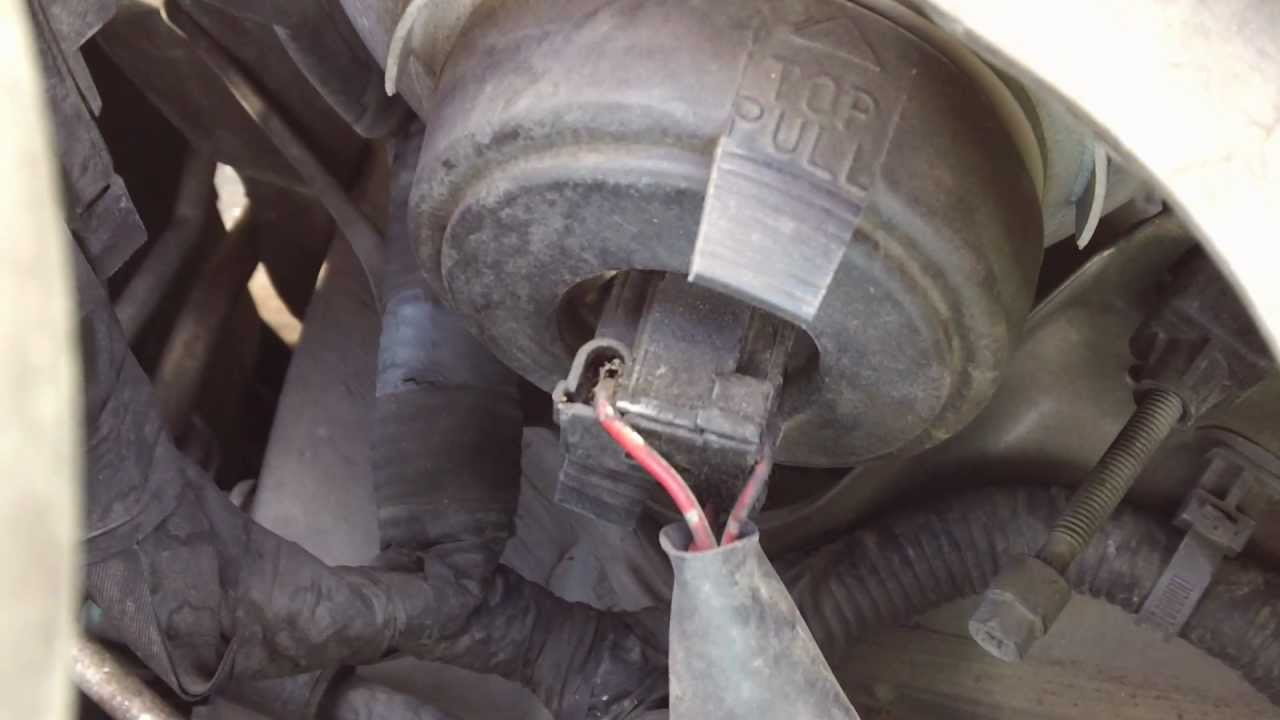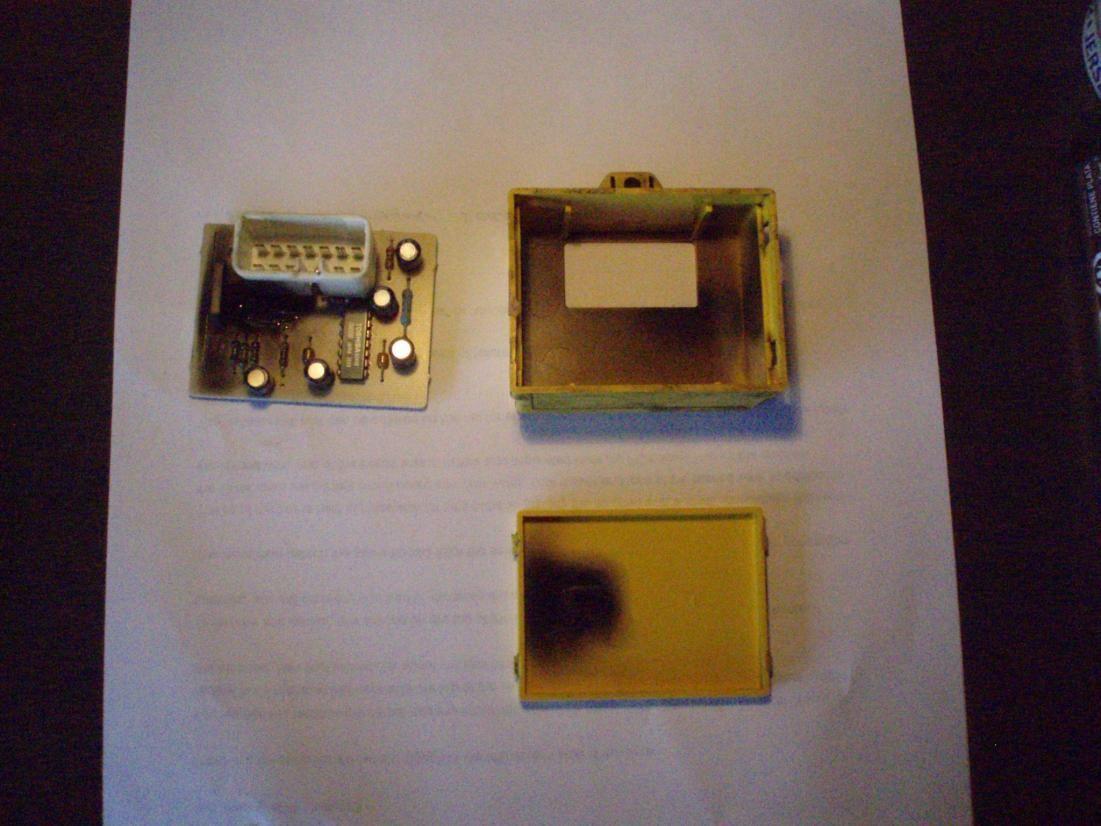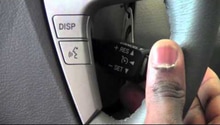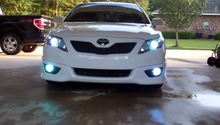Toyota Camry: Why is My Lamp Failure Light On?
The lamp failure light is there to help you know when one of your taillights has stopped working, but sometimes it'll be triggered by something else. This diagnosis will show you the conventional methods of shutting off the light.
This article applies to the Toyota Camry (1997-2011).
The lamp failure light is there to tell you when your rear lights are at or near the point of failure, but sometimes things can go wrong enough to trigger the light despite your taillights still functioning. Replacing the lamp failure sensor module may be necessary, but it's also very expensive to replace so you may want to try a few different options first. In this article we'll diagnose the lamp failure light and try to pinpoint what could be causing the problem.
Step 1 – Try replacing the lights
Before trying to fix anything, make sure that there's a problem to begin with. The light can be triggered when a taillight is near the point of failure. Simply go through each of the taillights and replace the bulbs. If changing one of them shuts off the light, then there was nothing really wrong with the sensor module to begin with. It was just doing its job.

If this doesn't work, proceed to Step 2.
Step 2 – Clean the bulb terminals and wires
If the first step didn't work, then it is possible that something is causing interference with the sensor module. This can happen at the terminals of the bulb sockets or the wires they connect to. If one of the bulb terminals seems particularly corroded, try cleaning it using fine grit sandpaper. Apply a dielectric grease to the terminal before reinserting the bulb. This should help to ensure a connection at the terminal. Also try inspecting the wiring harness connecting the taillights to the lamp failure sensor module. Damage to this wire could also cause interference.

If this doesn't work, try Step 3.
Step 3 – Replace the Lamp Failure Sensor Module
If neither the lamps are failing nor is there interference, then the problem must be within the sensor module itself. In many cases the circuit board inside the module gets fried, severing the connection of the taillights. If the damage inside the module is extensive, then you'll have to replace it. However, if only a small section is damaged, it's possible to bypass it by splicing in new wiring to go around the damaged area. This might be more effort than what you'd like, but it's certainly cheaper than replacing the entire module.

Pro Tip
It is also possible to bypass the sensor module entirely by splicing together the wiring that connects to the module. However, doing this is very risky and could cause your taillights to stop working altogether.
Related Discussions
- Lamp Failure Sensor - Camryforums.com
- Brake Lights or Tail Lights Stop Working / Solution - Camryforums.com






